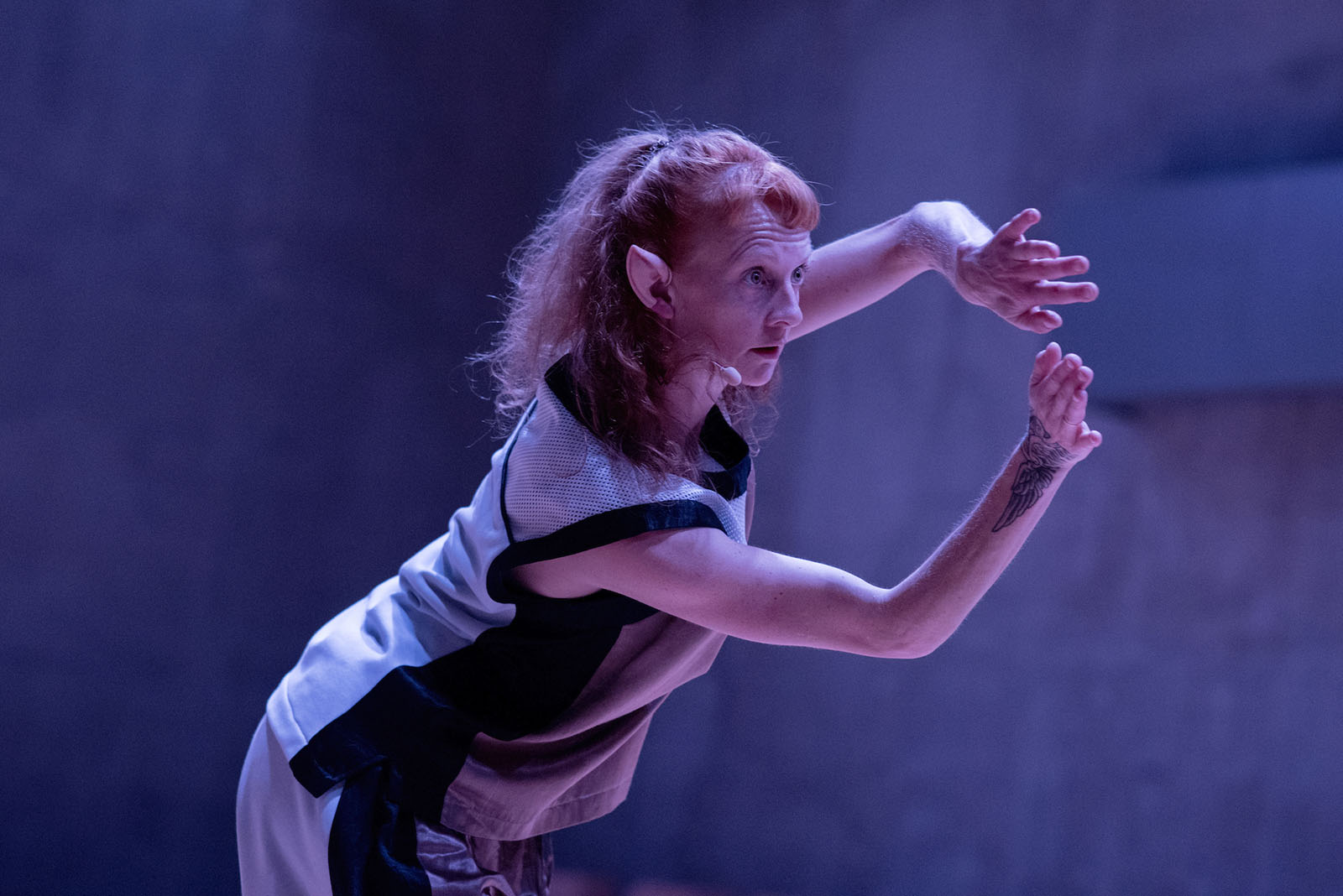Non-expectant expectation

I associate no-how generation with a state of non-expectant expectation, and consider this as part of the paradox that the language-form no-how expresses and plays an active role within: in the artistic-experiential space of choreography, a certain degree of letting go of expectations of generating knowing and learning is a necessary tool for catalysing the generation of knowing and learning.
The ways in which this paradoxical relationship between expectation and dis-attachment acts as a tool that opens up possibilities within practice is something that has been articulately pointed toward by choreographer Deborah Hay, whose practice has included ‘[perceiving] your loyalty to DANCE, and your disinterestedness (in the loyalty) simultaneously’ (Hay 2016, p.12). Hay has said that this ‘balance between loyalty and dis-attachment to that loyalty, sensually and choreographically, is how the practice of dance remains alive for me’ (2010). Through the lens of this research, I read what Hay terms ‘loyalty to dance’ as a loyalty or commitment to the potential for the experiential space of choreography to be one in which particular forms of knowing are conjured. Hay’s articulations help to clarify how, in this choreographic space, the generative dis-attachment from expectations that no-how invites is simultaneous with a sustained commitment to the choreographic generation of knowing.
READ MORE in Section 5 of my written thesis, No-how: languaging a generative zone of knowing in practice